An Unkindness of Ravens
Photos and text by Steve Akre
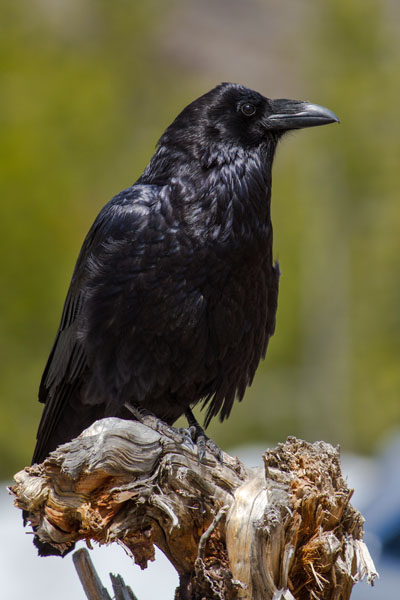
Common Raven, Corvus Corax, is anything but “common”. This largest passerine (perching) bird is recognized by the scientific community for its extreme intelligence. We often encounter ravens on excursions outdoors. They are ubiquitous, omnivorous, and adaptable.
Intelligence in other species can be hard to define and even harder to prove. And there is risk in anthropomorphism. Nevertheless abundant observations suggest special skill sets. Ravens will follow a predator on the hunt and obviously benefit from its success. They have been known to alert predators to the presence of weakened prey, or unopened carcasses available for scavenging. They have a particularly close relationship with wolves. Some suggest they need the presence of wolves to overcome their natural shyness around large food.
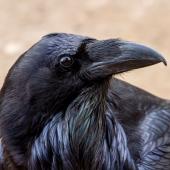
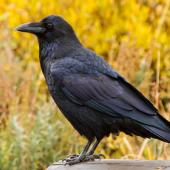
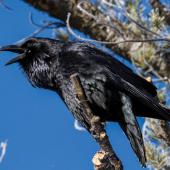
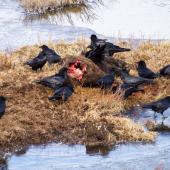

Anecdotes of problem solving are many. An example is the ability to lift food dangling on a string without previous exposure to that challenge. Corvids (including ravens, crows, magpies, jays, and nutcrackers) brains are larger than those of other birds, relative to overall body weight. And the raven’s is largest.
Ravens have a wide array of vocalization. They clearly use this for communication. Some calls are common to all, but the majority are learned and seem passed on by their family group and neighbors. Different regions demonstrate different calls for the same purpose. Some calls are specific to a nesting pair, which generally bonds for life. Ravens were kept in the Tower of London to warn of approaching danger.

They will cache meat, often at long distances if there has been a crowd of them feeding. Their memory of locations lasts up to two weeks — not as long as a Clark’s Nutcracker, but then ravens’ food will spoil if left much longer. They devise elaborate strategies for hiding their own caches of meat from other ravens, even pretending to leave food if they are being observed, in anticipation of likely thievery. Bernd Heinrich, a prominent raven researcher, has shown that adolescent ravens will communicate the distant presence of food to other ravens, such as at a communal roost. This is called “displacement,” a phenomenon seen otherwise only in humans, ants, and bees. Perhaps this recruitment of others reduces fear and increases access to food.
Groups of birds often have surprising names such as a rafter of turkeys or parliament of owls. A group of ravens is called an “unkindness.” Sometimes they are referred to as a “conspiracy.” Craig Childs in The Animal Dialogues describes an unkindness creating a shrine and celebrating the death (murder?) of an owl, one of raven’s few natural enemies.
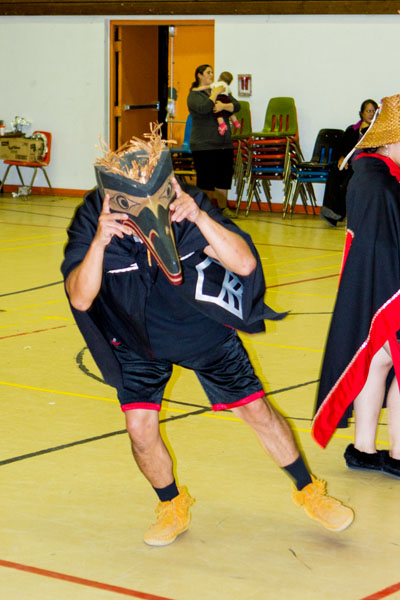
It’s not surprising that ravens have a rich representation in many cultures’ mythologies. They signify thought and memory in Norse legend. They have a huge role in the creation myths of First Nation and Native American folklore. Even Noah released a raven — when it did not return he sent the dove (Genesis 8:6-7).
Take more time to appreciate this uncommon bird on your next encounter.
Careful — it wants your lunch!




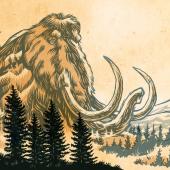
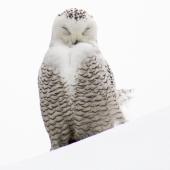
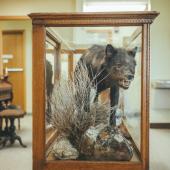
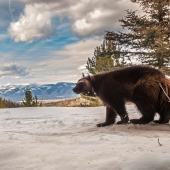

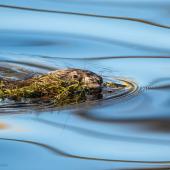
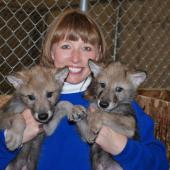

Leave a Comment Here